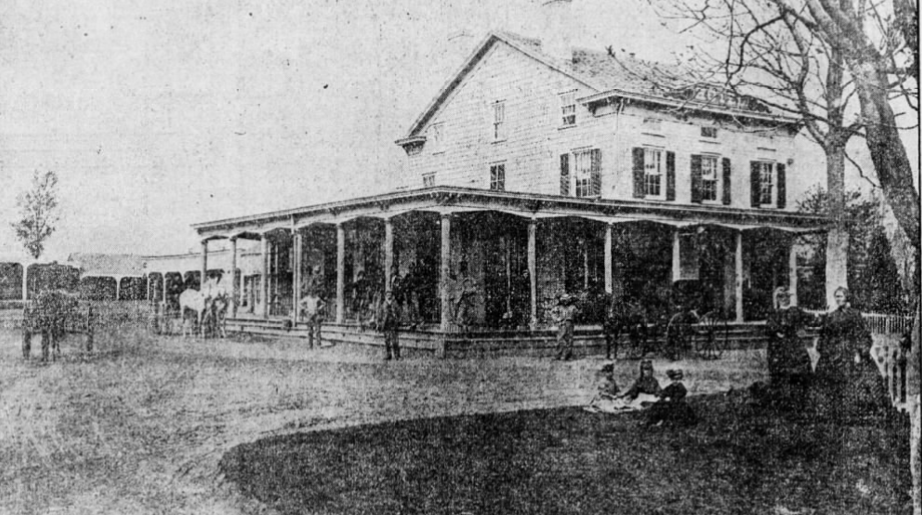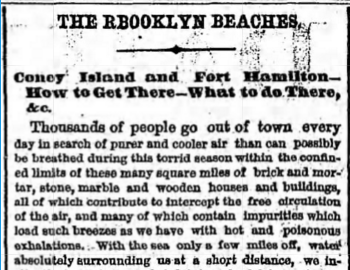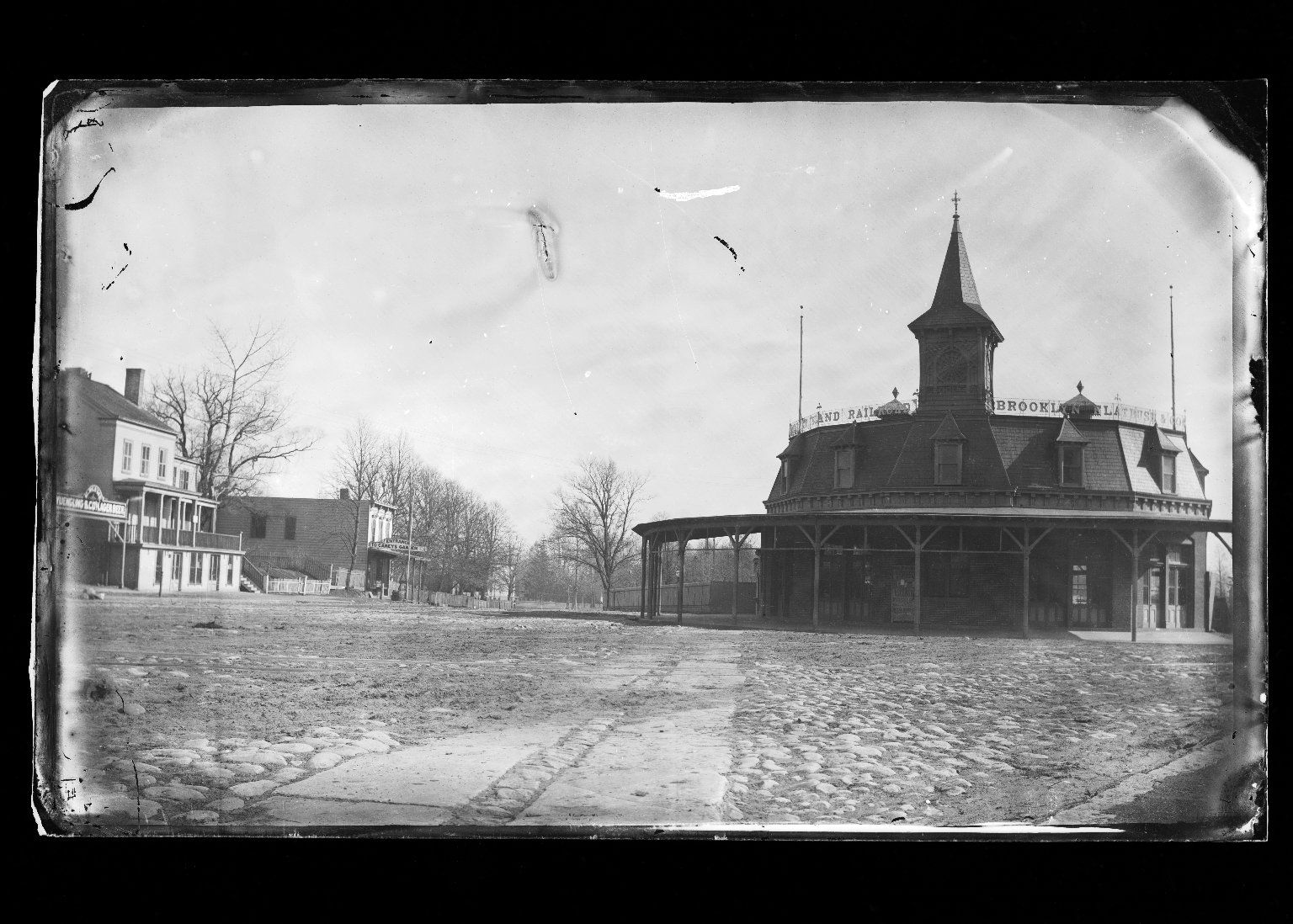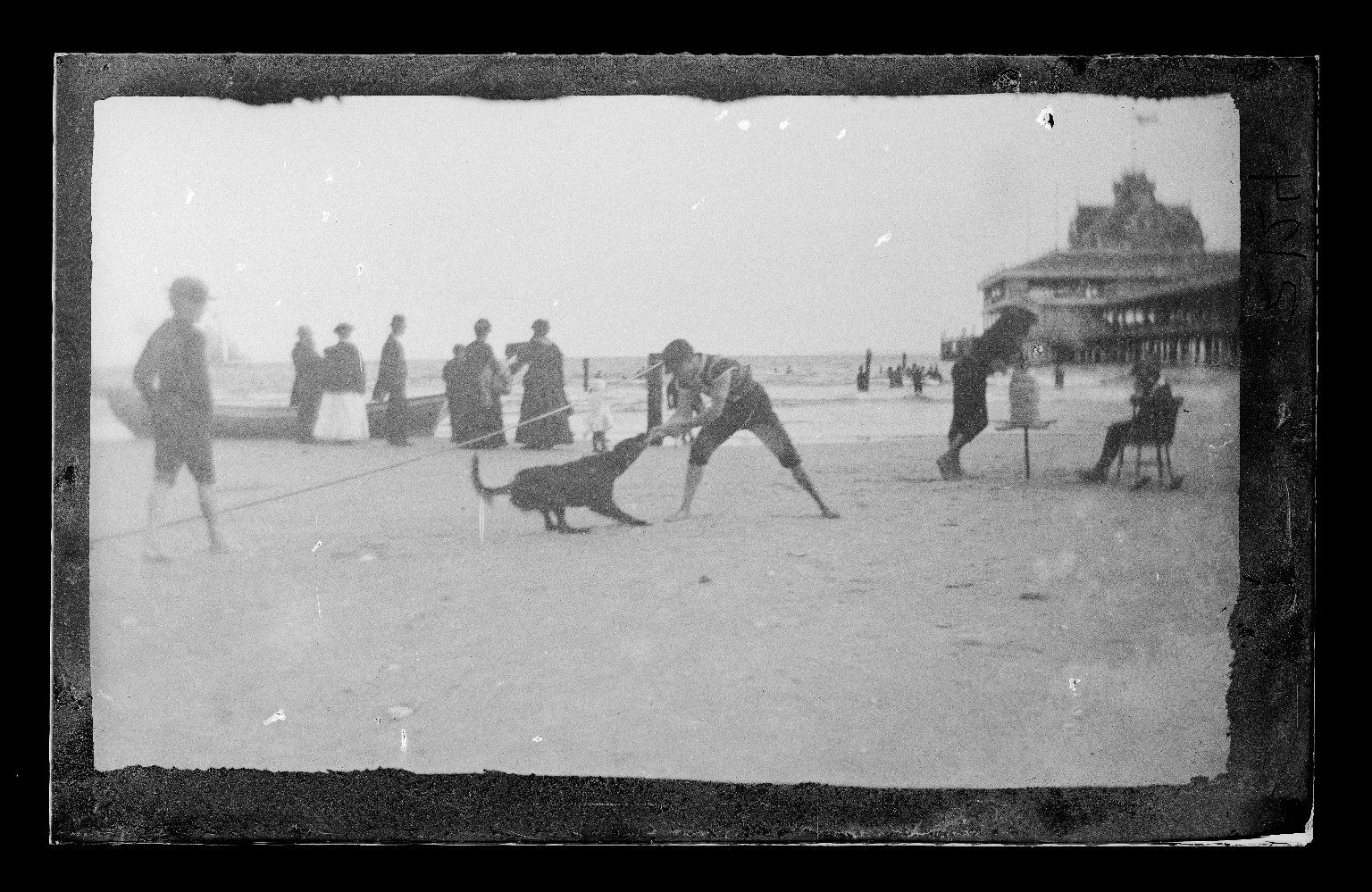Traveling Down Coney Island Avenue To The Beach…In 1868


Decades before neighborhoods like Ditmas Park and Kensington were even built, Coney island Avenue was the gateway to relief from summer heat for Brooklyn residents.
Coney Island Road, as it was known at the time, was unpaved and traversed by horse drawn vehicles of all sizes. By the 1860s, thousands of urban dwellers were making the five-mile journey on the road out to the ocean to swim, socialize and get some badly needed fresh air.

There is a wonderful description of the various ways to get to Coney Island in the July 20, 1868 evening edition of the Brooklyn Daily Eagle.
To set the scene, remember that the beach travelers of 1868 journeyed past a Flatbush that was still a country town, independent of the city of Brooklyn. This would soon change.
Brooklyn was undergoing profound social and economic changes. The Civil War, in which an estimated 30,000 Brooklyn residents served, had recently ended. Brooklyn’s population was literally exploding — surging from 139,000 to 420,000 residents between 1850 and 1870. Many of the newcomers to Brooklyn were Irish immigrants, fleeing poverty and famine.
The rapidly growing city, with residents living in close proximity to horses, industrial workshops, and new construction all around, must have been oppressive in the summer months — especially without air conditioning or electric fans.
As the Daily Eagle wrote in 1868,
Thousands of people go out of town every day in search of purer and cooler air than can possible be breathed during this torrid season within the confined limits of these many square miles of brick and mortar, stone, marble and wooden houses and buildings…
Sound at all familiar?
Day travelers to Coney Island in 1868 came from both Brooklyn and Manhattan. As the Eagle describes, beachgoers could board a horse drawn “railroad” at Fulton Ferry, and then transfer at Park Circle — outside Prospect Park — to an “island car,” which was also horse drawn.
Prospect Park had opened to visitors the year before, in 1867, but was still under construction. The journey south on Coney Island Avenue (Road) sounds like it was a little bumpy.
In less than an hour’s ride from the ferry, the passenger will find himself rattling along the Coney Island road, the only drawback to his comfort being the occasional clouds of dust raised by the passing carriages of the owners of fast horses.
A pretence is made of watering the road, but like many other well designed enterprises it is a failure….
The Park Commissioners, under powers bestowed on them at the last Legislative session at Albany, have resolved to widen this road to a hundred and twenty feet.
It’s not surprising that the trip rattled in 1868.
According to Forgotten New York, wooden planks were laid on Coney Island Road around 1850 to facilitate the growing amount of wagon traffic.
Tolls (!) were collected along the road until 1876. At that point, says Forgotten New York, the Coney Island and Brooklyn Railroad “built tracks for a horsecar line that would bring passengers from Prospect Park south to seaside resorts at Coney Island.”
(There seems to be some disagreement in what I’m reading as to when the actual tracks were laid down on Coney Island Road. It’s possible that tracks existed as early as 1862.)
Other steam and horse powered rail lines out to Coney Island were developed as the area’s popularity grew. This included the Brooklyn, Flatbush and Coney Island Railroad, which is mentioned in the Daily Eagle article as being under construction in 1868, and was the precursor to our B and Q subway lines.

But the horse drawn route along Coney Island Road was supposedly the first rail service of any kind to travel to Coney Island.
The rail line on Coney Island Road was electrified as a trolley line in 1890. Trolley service ended in 1955, but you can still see the original tracks at Park Circle.
The B68 bus essentially follows the same route of the old horse drawn rail line — all the way down to the sea.





